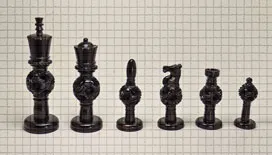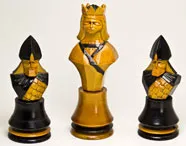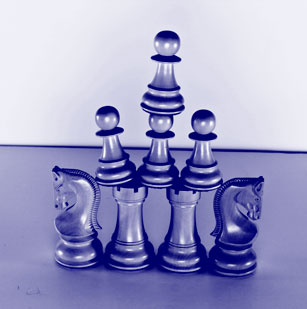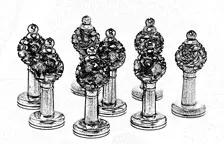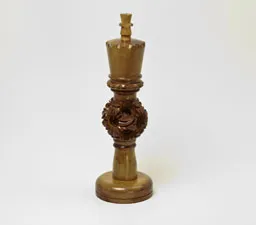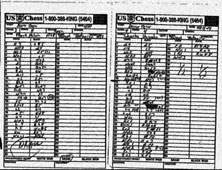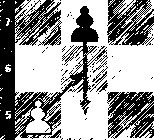Latest Posts - Page 139
Imagine that you’re at your first chess tournament. The room is silent, except for the quiet breathing of the people around you. You study the sixty-four checkered squares in front of you. Glancing over at the chess clock you see you have plenty of time left in your game.
A move cries out to be made, but you bide your time and check for others. You know that a move made in haste could cost you dearly. After all, you’ve invested two hours in this game already. Finally, confident that your initial idea is sound, you reach out a hand and grasp your knight, hopping it to its intended destination. There is a gasp from behind you.
The original collection of 40 Chess Facts About Chess Most People Don’t Know was quite a success. Many people read it, some leave a feedback. If you have not seen it, it worth checking it out. Today’s article is a continuation of 40 facts with yet another 31 interesting facts about chess you may not (and probably don’t) know. The fact number 1 is:
1. The first Chess game between space and earth was played on June 9, 1970 by the Soyez-9 crew. The game ended in a draw.
Chess is a great game just the way it is. However, there are some fun and exciting variants of chess you might like to try. All of them use a standard chess board and pieces, but they have some slightly different rules.
Each variant will teach you something new and interesting about chess. They are fun to play, and they will sharpen your mind and your chess skills. If you get tired of playing normal chess, you can enjoy these fun chess variants.
It’s safe to say that every parent wants their children to have the best advantages in life. We want our children to be able to stand on their own two feet, solving problems that come their way on the fly.The chess board is an excellent training ground for developing this skill.
The last thing we want is for our next generation to sit around and wait for someone else to take responsibility for a situation and solve the problems that crop up. These people would lack courage and integrity, having little confidence in their ability to create solutions.
Roumen Bezergianov is a therapist in Phoenix, Arizona. This is an excerpt of his book “Character Education with Chess”, where he describes how chess can be used by parents and educators to teach values and skills to young people.
“Character Education with Chess” is available on Amazon.com, Kindle Edition (you do not need a Kindle device to read Kindle books—“Kindle for PC” is available for free).
There is nothing more challenging and rewarding to test your skills than a chess tournament. Chess tournaments are held everywhere for children and adults at all ages and levels.
If you have never played in a chess tournament before, it is best to start with a beginner level tournament, then work your way up to more advanced tournaments.
Ask the average adult if chess is cool and they’d probably say, “No way!” Ask the average young child and I’ll bet they’ll give you a different answer – “Chess is way cool!” Children don’t seem to know that chess is considered “geeky” by some.
Don’t believe me? Try an experiment. Put out two chess sets in a lunchroom or other kid central location and step back. See what happens. It’s been my experience that children will flock to the boards. They love the game.
We are very excited to announce that TheChessWorld.com starts to publish series of chess article written by an innovative chess instructor John Herron for TOTAL CHESS: Learn, Teach and Play the Easy 1-2-3 Way. We believe that many of our readers would greatly benefit from the information presented in these lectures, thanks to the John Herron’s ability to explain complex concepts in simple words.
Important chess concepts such as chess tournaments, chess variants, sportsmanship, piece strategy, pawn advances, exchanges and many more will be covered throughout the course of lectures.
I have written multiple articles about analyzing chess positions and about playing strategies in losing, drawish and winning positions. However, I did not specifically emphasized how to think during the game of chess in general.
I understand, that each player is different and things that one uses may not work for the other or vice versa. I will try to summarize main ideas that can be applied to all or at least many different kinds of chess games.
Most people know basic chess rules such as how pawns and pieces move, how the king is getting checkmate, and so on. But there are also a few chess rules that novice players are unaware of.
For example, when you capture somebody’s pawn via en passant they may look surprised and claim illegal moves. That’s because many casual players don’t know that rule even after they play many games.

